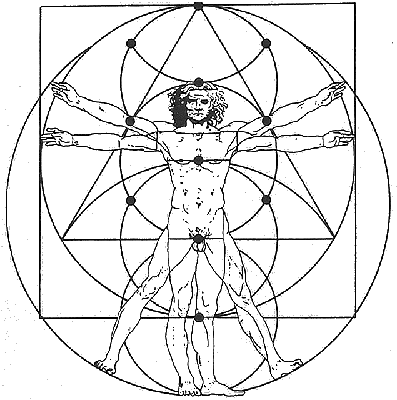Forms Training
Forms training is usually the starting point in most traditional
martial arts systems. Forms are a series a choreographed movements designed to
teach the student the basic principles, concepts, and movements of a particular
system.
Technique Training
In learning a technique you are learning a specific response
to a specific attack. This method of training is good for beginners and people
who have no prior martial arts training. It develops some degree of mind body
connection and definitely improves things such as coordination and balance.
However it will take a long time before any real martial skill is developed
using this method alone.
Sparring
Sparring is an excellent training method but it must be
structured and introduced in levels of difficulty and intensity. The student
must already have a good basic foundation before any sparring is done otherwise
the risk of injuries is very high. Sparring develops stamina and mental
toughness, it will also give the student the opportunity to see at what level
they are able to make their skills work against an uncooperative adversary.
Training using an apparatus
The Wooden Dummy from Wing Chun Kung Fu, a punching bag, a
speed bag, a makiwara, a sao bao, all of these are considered training
apparatus. Using an apparatus functions as supplementary training usually to
develop one or more martial attributes such as speed, power, coordination etc.
The proper use of any apparatus normally requires expert instruction in order
to reap the full benefits of this mode of training.
Using Pads and Shields
These could also be considered training apparatus however
with boxing, kick boxing, MMA, and JKD as well as several other systems there
is very intricate pad and shield work that can only be provided by a skilled
trainer. You can simply use pads and shields to get accustomed to hitting
something but higher level skill development can only be achieved with an
instructor.
Sensitivity Training
What I mean by sensitivity training is the ability to glean
significant information from any limb to limb or body to body contact concerning
intent, direction, force, and balance. There are many systems that utilize
sensitivity training, the depth of the skills acquired and the manner in which
they are used vary from system to system. It is not an easy skill to acquire
but it is one of those skills that distinguishes someone who is just a good
fighter from someone who is a master.
Consider that any decent martial arts system will use at
least three of these 6 training methods. Any one method by itself will produce
a limited skill set with shallow depth. Ideally if you are training for
self-defense you want a solid and broad skill set that is easily adaptable to
any situation you are likely to face on the street. Being an expert within a
very limited set of skills can be detrimental.







